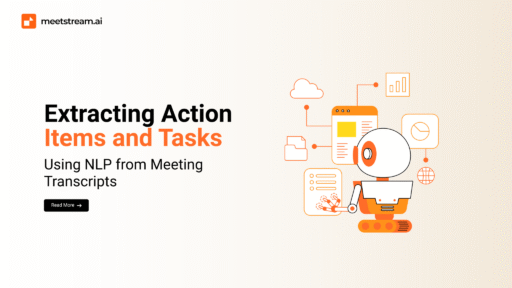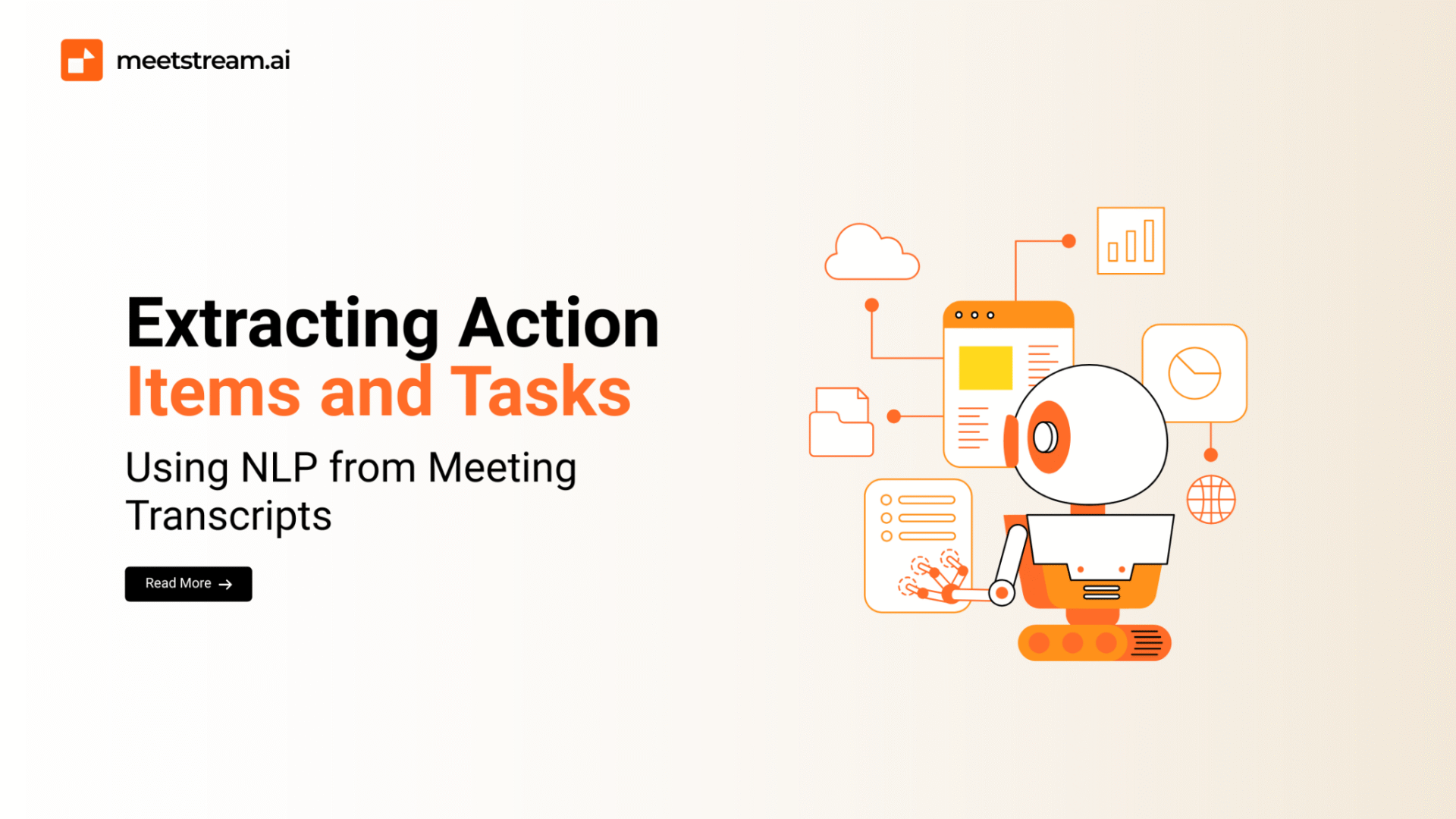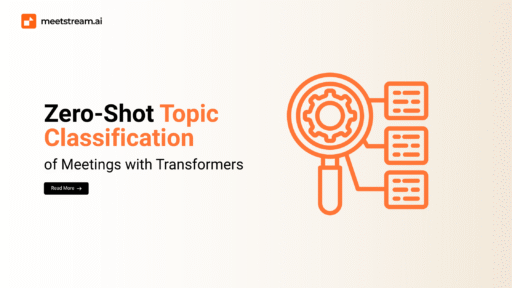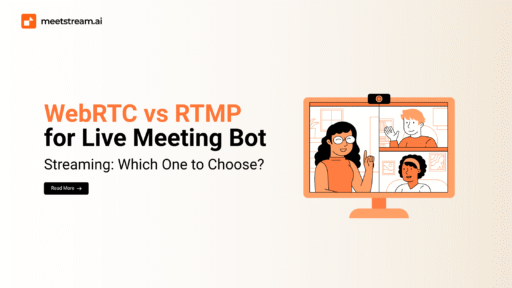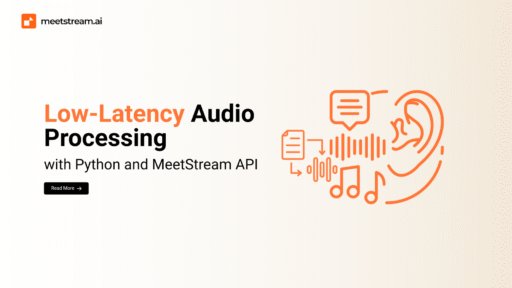In today’s dynamic and fast-paced work environment, meetings are a cornerstone of collaboration, decision-making, and driving initiatives forward.
However, the most valuable outcome of any meeting — action items — often gets lost in the noise.
Teams spend hours in strategic discussions, only to later struggle with identifying who was supposed to do what, by when, and how. In many cases, critical follow-ups are forgotten entirely, leading to delays, miscommunication, and project setbacks.
The problem becomes more complex when meetings are transcribed into dense blocks of text, often spanning several pages, with no clear delineation of tasks or ownership.
This is where Natural Language Processing (NLP) comes in — transforming unstructured meeting transcripts into actionable, trackable insights with minimal human effort.
By leveraging advanced NLP techniques, organizations can now automatically extract action items, identify assignees, set deadlines, and capture next steps with precision.
Whether it’s during live conversations or post-meeting reviews, NLP-powered tools analyze the context and semantics of conversations to surface meaningful deliverables.
The result? Improved accountability, streamlined execution, and reduced risk of follow-up failure.
The Role of MeetStream.ai in Automating Meeting Tasks
A standout platform in this domain is MeetStream.ai, which delivers a powerful infrastructure for real-time task extraction from meetings. Designed for scalability and developer integration, it enables teams to plug NLP-powered features directly into their existing workflows.
Whether meetings occur on Zoom, Microsoft Teams, or Google Meet, MeetStream integrates seamlessly, capturing conversations and transforming them into structured task records.
The platform supports both live audio feeds and post-meeting recordings. Once the transcription is generated, MeetStream’s built-in NLP pipelines identify:
- Action items
- Task owners (via speaker recognition)
- Deadlines and time-based references
- Urgency levels and priority cues
The output is delivered in a clean, structured format — ready to be pushed into collaboration tools like Slack, Trello, Notion, or internal project management systems.
For organizations aiming to bridge the gap between conversation and execution, MeetStream offers a highly effective, automated solution.
Why Extracting Action Items from Meetings Matters
Meetings can either be powerful catalysts for action or unproductive time sinks. The difference lies in follow-through.
When a team gathers, the implicit goal is to make decisions, assign responsibilities, and align on next steps. However, without a clear system to record, track, and revisit these decisions, valuable time and insights are wasted.
Traditionally, someone is assigned to take notes, summarize discussions, or manually extract action points from meeting minutes.
This manual process is time-consuming, prone to error, and often leads to inconsistency. Additionally, with remote and hybrid teams becoming the norm, the volume of virtual meetings has skyrocketed — making manual note-taking and follow-up even more challenging.
Automating task detection using NLP changes this entirely. Action items become clear, ownership is established immediately, and teams stay aligned without extra administrative work.
These extracted tasks not only enable better project management, team coordination, and execution tracking but also enhance transparency and accountability across departments.
Moreover, NLP-driven automation ensures uniformity in how meeting tasks are recorded, making it easier to audit, report, and analyze project progress over time.
NLP Techniques for Extracting Tasks from Conversations
Understanding human conversation is inherently complex. Real-time meetings are full of interruptions, colloquialisms, varying speech patterns, and implicit language.
NLP tackles this complexity by using computational models that understand intent, syntax, and semantics.
1. Intent Detection
At the core of task extraction is the ability to identify intention. NLP models are trained to recognize commitment-driven phrases such as:
- “I’ll send that tomorrow”
- “Let’s finalize the design next week”
- “Can you take care of the presentation?”
Modal verbs like will, should, must, and need to often signal pending tasks. Similarly, future tense and directive phrases are used to flag obligations and action points.
2. Rule-Based vs. ML-Based Systems
Two main approaches exist:
- Rule-Based Extraction: Uses patterns and linguistic cues such as “Let’s…”, “I will…”, or “Please…”. While easy to implement, rule-based methods often miss subtleties in phrasing and may struggle with varied speech styles.
- Machine Learning-Based Extraction: ML models, particularly those based on transformer architectures like BERT, are trained on annotated data to detect contextual meaning. These models understand grammatical relationships, verb-agent associations, and nuances across different meeting types or industries.
3. Semantic Role Labeling (SRL)
SRL is a technique that identifies the relationship between verbs and their arguments — essentially answering: Who did what, to whom, and when?
Take this example:
“Rohit will review the legal contract by Monday.”
- Actor: Rohit
- Action: review
- Object: legal contract
- Time: by Monday
Combined with entity recognition, verb classification, and tense detection, SRL ensures that tasks are accurately extracted from even the most unstructured speech.
How MeetStream Extracts Action Items at Scale
MeetStream.ai simplifies and scales the process of meeting automation with its developer-friendly API and multi-platform compatibility.
Two-Phase System:
1. Transcription Phase:
MeetStream captures audio or video input from Zoom, Teams, or Meet.
The content is transcribed in real time or after the meeting ends using speaker diarization to distinguish voices.
2. NLP Parsing Phase (Custom, Built by Developers):
Once the transcript is generated, developers can integrate their own NLP pipelines on top of MeetStream’s output. These custom-built pipelines may be designed to extract:
- Action items and task statements
- Assigned individuals (using speaker IDs or contextual language cues)
- Time-bound elements such as due dates or urgency markers
This second phase is not included out-of-the-box with MeetStream, but the system is designed to make it easy for developers to extend its capabilities with their own models and workflows.
Sample Workflow: Turning Conversations into Task Lists
Here’s how a typical MeetStream-powered workflow looks:
- Capture the Meeting
The meeting is recorded via MeetStream’s API or live stream. Each speaker is identified, and all audio is transcribed accurately. - NLP Analysis
Action-oriented language is parsed. Phrases such as “I’ll handle it by Thursday” or “Let’s finish this before launch” are flagged. - Assign & Tag
Based on who spoke the sentence and the language used, tasks are assigned. Urgency indicators like “ASAP,” “critical,” or “this week” are also captured. - Structured Output Delivery
The extracted information is formatted into structured data (e.g., JSON) and sent to integrated platforms like Monday.com, Notion, or internal apps.
The outcome? A fully automated, AI-driven task pipeline that ensures meetings translate into meaningful progress.
Best Practices for High-Accuracy Task Extraction
While NLP can automate task extraction impressively, accuracy depends on proper implementation. Here are key strategies to maximize reliability:
Understand Context, Not Just Keywords
Phrases like “We should’ve started earlier” don’t indicate a future task, even if they contain modal verbs. Contextual NLP models must differentiate reflections from commitments.
Train with Domain-Specific Data
Each company uses industry-specific terms — e.g., “deploy container” (DevOps) vs. “redline clause” (Legal). Custom training improves recognition accuracy.
Provide Human Oversight
Enable users to review and approve automatically extracted tasks. A UI for task validation ensures accuracy and builds user confidence in the system.
Track Confidence Scores
Each task can be tagged with a confidence level (e.g., 80%). Low-confidence tasks can be routed for human verification to prevent errors.
Ensure Accurate Speaker Diarization
Accurate speaker identification is key for task ownership. MeetStream uses advanced diarization techniques to attribute speech segments to individuals reliably, even in group meetings.
Conclusion: Automating the Bridge Between Talk and Action
Meetings are only effective if they lead to clear, followable outcomes. Without systematic follow-up, even the most productive discussions can fall flat.
MeetStream provides diarized meeting transcripts (when enabled), giving teams a structured foundation of who said what. From there, developers and organizations can apply Natural Language Processing (NLP) pipelines to automate the transition from dialogue to delivery.
Whether it’s building a smart meeting bot, feeding tasks into a CRM, or generating automated meeting summaries, MeetStream’s API infrastructure makes it possible to extend transcripts into actionable insights.
In this way, the platform empowers teams to design their own task extraction and workflow automation processes on top of accurate meeting transcripts.
In today’s attention-scarce world, automating task extraction means more than convenience — it’s a step toward operational excellence. By turning unstructured dialogue into structured, accountable action items, NLP ensures that no task gets missed, forgotten, or buried in transcripts.

